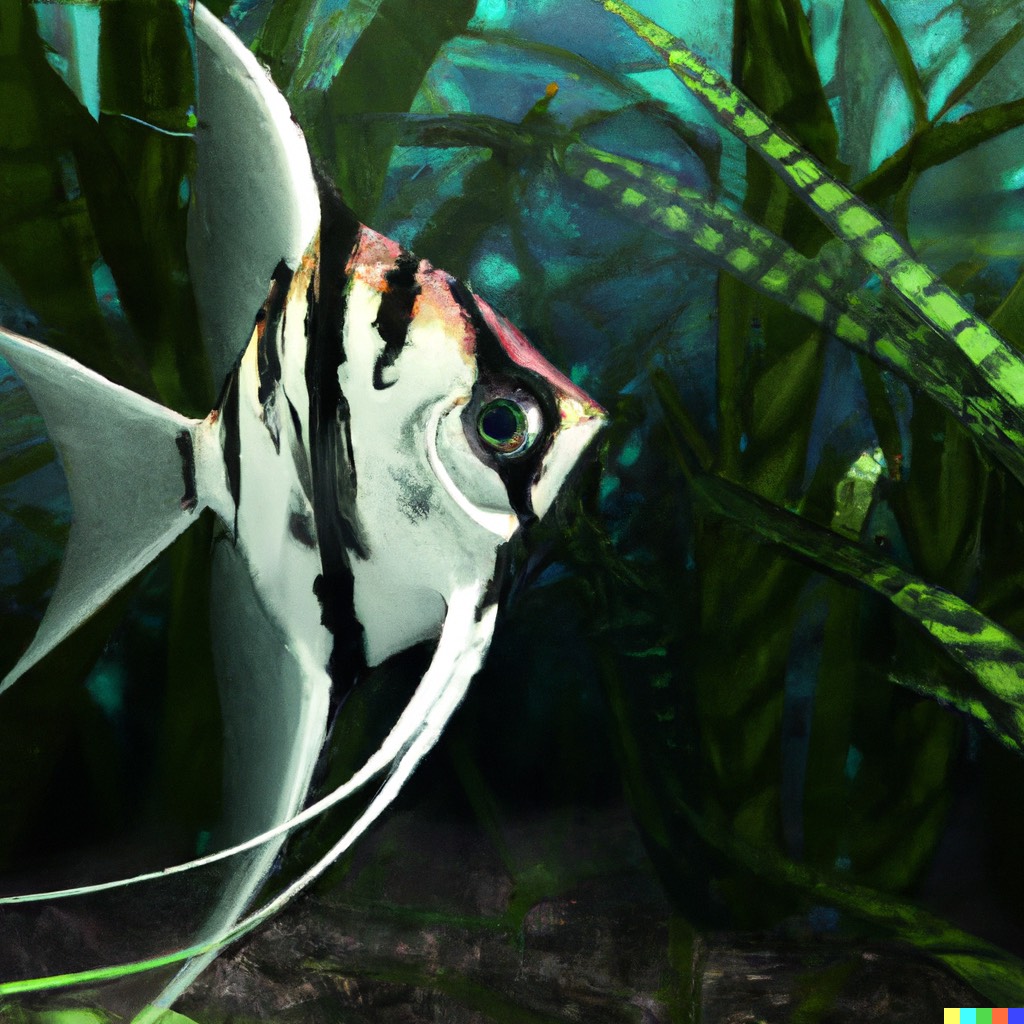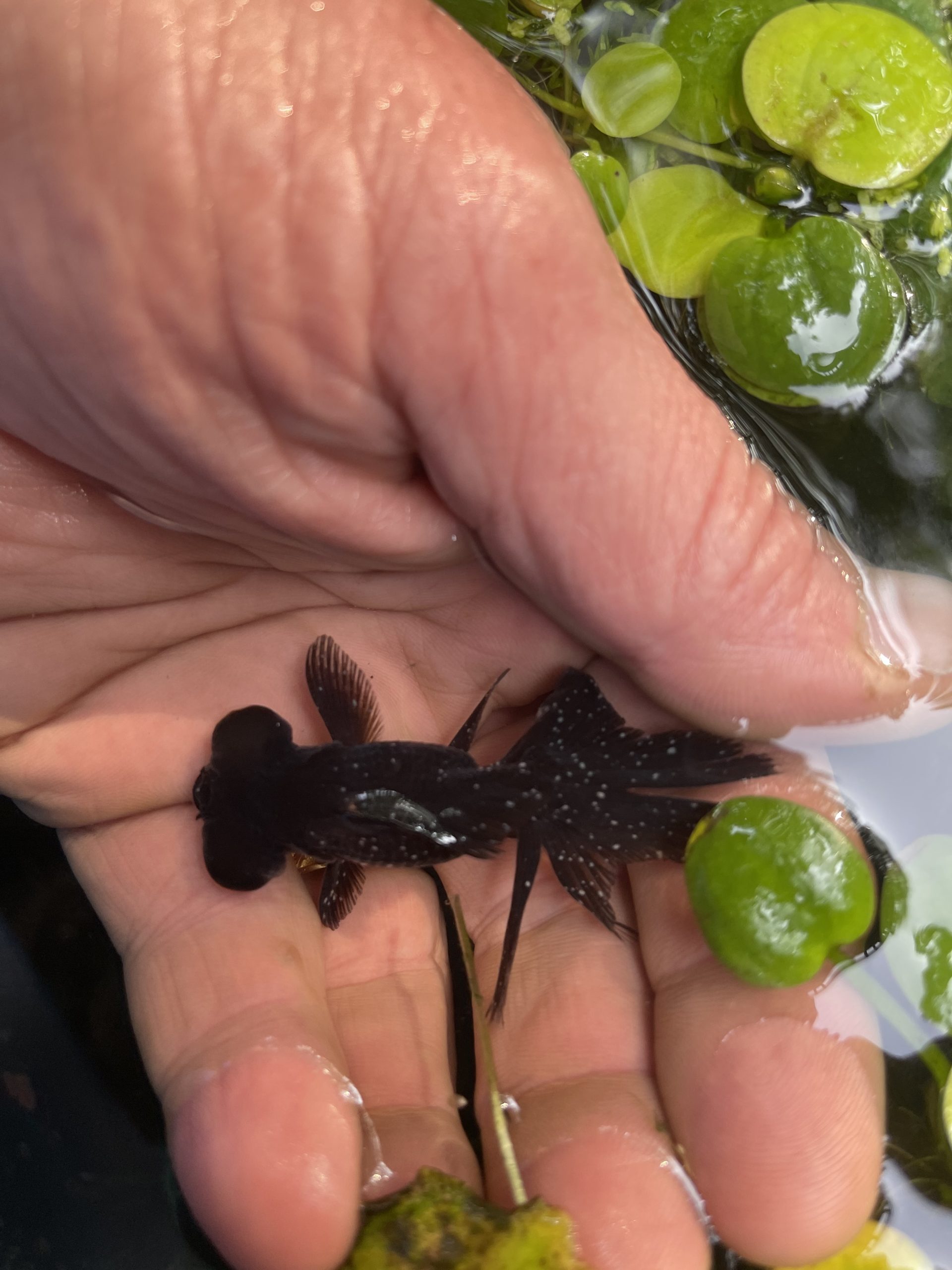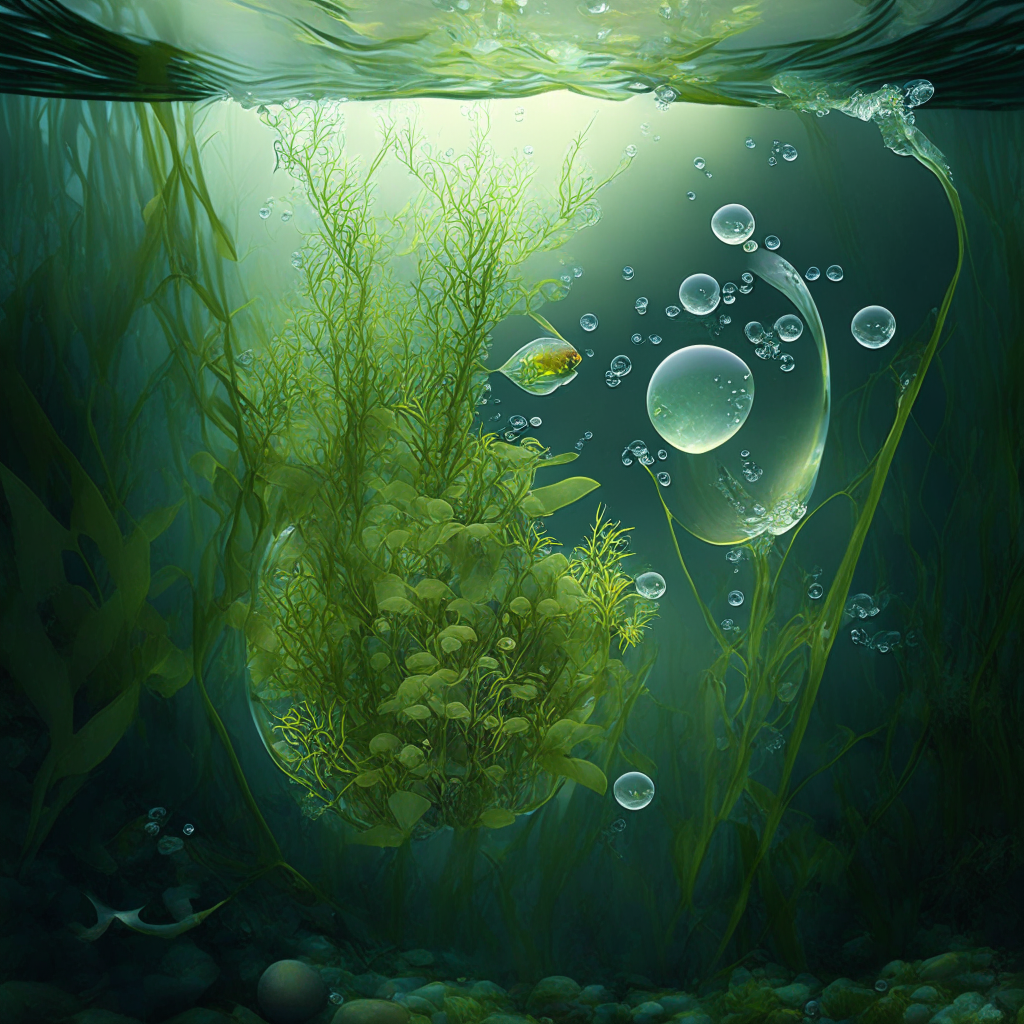Natural Biology of Altum Scalare

This matters because it kind of addresses some of the ways (and reasons) you can improve the condition and success with Altum scalare (Angel fish)
= Tannins



This matters because it kind of addresses some of the ways (and reasons) you can improve the condition and success with Altum scalare (Angel fish)
= Tannins


An update on THC Delta 8 Isomer in Dogs
Despite the Internet’s insistence that Delta-8 Isomer THC in dogs is “toxic” – it’s entirely the opposite.
Once-a-day dosing is VERY reasonable. If you dose Delta-8 Isomer gummies in the morning , it will wear off completely at about 18-22 hours.
Dosing THC Delta 8 in dogs more conservatively can ensure that effects don’t last more than 24 hours. And can sustain a suitable length-of-effect without dosing as high as the first dose.
After the first few doses of THC Delta 8 in dogs, drooling is MINIMAL.
There is definitely a “first 3-5 hours” of visible effect from the Delta 8 Gummies. Where the dog might sway while standing, or bump into your leg when turning around. After that time, however, you can still see a ‘calmness’ without any physical manifestation. Just a “slower wagging tail” and a more “considered” response to squirrels in the yard or the UPS man crossing the driveway.
I doubt that a dog would need to be on Delta 8 THC Isomer gummies for life. My wager would be that a dog would realize that “so much angst” is unnecessary and unwarranted and “forget” to be so spazzy about things. That would be the hope, anyway.

There’s a chart for dosing, and a VERY comprehensive discussion of the obvious and not-so-obvious side effects of THC Delta 8 isomer gummies in dogs. The assessments were done with healthy subject dogs, using 25mg Gummies by “Koi Inc.” Grape flavored without xylitol.
THC Delta 8 in dogs: https://drjohnson.com/thc
Disclaimer: It’s crucial that these comments and notes aren’t broadened to include Delta 6,9,10 nor “full spectrum” THC or “plain weed” because it’s NOT. These notes and assessments are made on a specific strength, brand and dose of Delta 8 isomer THC given as an oral ‘gummy’. It has never been recommended for use over 1mg/kg and it’s unlikely it would ever need to be.





Hi, Doc Johnson here. With a few words about one of my top five favorite community tank fish. That’s the “Tiger Barb” in any of it’s many colors.

Mantis shrimp come in a variety of striking colors, including vibrant shades of green, red, blue, and orange. They have segmented bodies and prominent eyes on stalks, providing them with excellent vision. The size of mantis shrimp varies depending on the species, ranging from a few centimeters to up to 45 centimeters (18 inches) in length.

Mantis shrimps are fascinating creatures known for their remarkable intelligence and unique attributes. They possess highly developed visual systems and complex behaviors, making them captivating pets for enthusiasts. Here are some key aspects of their intelligence and attributes when kept as pets:
1. Visual prowess: Mantis shrimps have one of the most advanced visual systems in the animal kingdom. They possess compound eyes capable of perceiving an extensive range of colors and polarized light. This remarkable vision helps them navigate their surroundings and hunt with precision.
2. Hunting skills: Mantis shrimps are formidable predators. They have powerful claws that can strike with incredible speed and force, capable of breaking through shells and even glass aquarium walls. Their hunting techniques and ability to catch prey make them captivating to observe.
3. Intricate behaviors: Mantis shrimps exhibit various complex behaviors, including burrowing, cleaning their surroundings, and constructing intricate burrows or nests. They can also display social behaviors, such as sharing a burrow with a mate or engaging in courtship rituals.
4. Aquarium setup: Keeping mantis shrimps as pets requires a carefully designed aquarium. They need a suitable environment with appropriate water parameters, hiding places, and substrate to mimic their natural habitat. Proper research and understanding are crucial to ensure their well-being.
5. Individual personalities: Mantis shrimps can display unique personalities and behaviors, which adds to their allure as pets. Some individuals may be more curious and interactive, while others may be more reclusive. Observing and understanding their individual traits can be an enjoyable aspect of keeping them as pets.
It's important to note that mantis shrimps can be challenging to care for due to their specialized needs and potential aggression. They require an experienced and responsible owner who can provide the appropriate care and environment to ensure their welfare.
Because Mantis Shrimp can break the tank they’re kept in, I’d recommend finding a fish tank with extremely thick acrylic. These kinds of tanks are usually custom made. For information about Custom Made Acrylic Tanks at a very reasonable price, you should look at the super thick acrylic tanks they make at Big Fish Custom Acrylic Aquariums.
I got my 55 gallon ‘scrap glass’ acrylic tank for under $300 but I was “johnny on the spot”
4. Lifespan:
The lifespan of mantis shrimp can vary, but most species live for an average of 3 to 5 years. However, with proper care and a suitable environment, some species can live up to 10 years or more.
5. Proper Care and Feeding:
You can read the whole article which is also illustrated at:



https://drjohnson.com/custom-acrylic-aquariums-in-atlanta-for-less-than-youd-think/



One effective method to combat fish parasites is by using salt for freshwater treatments. In this article, we will discuss the dosage, types of salt, duration of treatment, and the parasites that can be effectively treated using this method.
Dosage and Types of Salt:
When using salt for aquarium treatment, the recommended dosage is 1 tablespoon per gallon* of water for freshwater tanks. You can use iodized salt, as aquarium salt. You can use rock-salt or kosher salt, as long as the label says 99% pure salt. A cow or deer ‘salt lick’ will work but NOT if it contains ‘Trace Minerals’.
*ChatGPT gets this dead-wrong every time.
READ THE ARTICLE:


